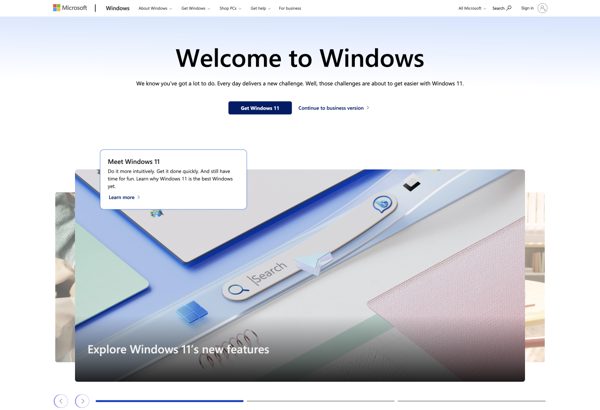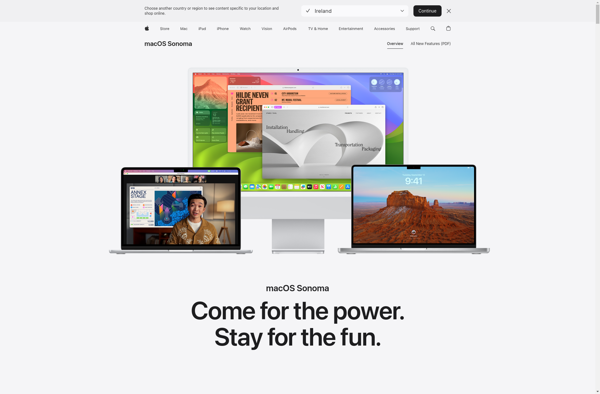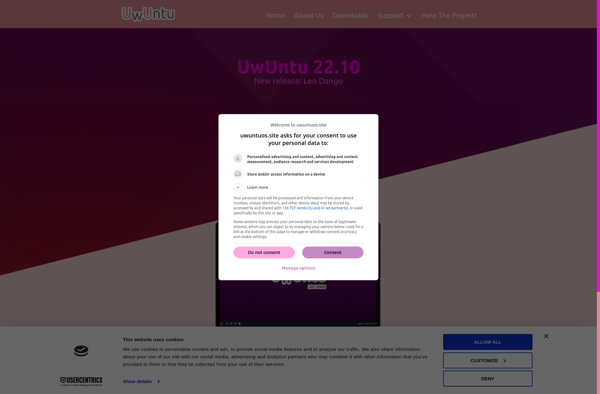NixOS

NixOS: Linux Distribution with Functional Package Management
NixOS is a Linux distribution built on top of the Nix package manager. It uses a purely functional package management model that makes rollbacks and reproducibility easier. NixOS aims to be reliable, reproducible, and declarative.
What is NixOS?
NixOS is a Linux distribution that aims to improve the state of Linux package management and system configuration. Some key features and goals of NixOS include:
- Reliability - NixOS utilizes atomic upgrades and rollbacks to ensure a reliable system state. If an upgrade fails, the system can automatically roll back to the previous known working state.
- Reproducibility - NixOS configurations and software packages are built in a purely functional and declarative way. This makes it easy to reproduce system environments and share build configurations.
- Atomic Upgrades - Upgrade tasks are executed transactionally, meaning they either succeed atomically or are automatically rolled back.
- Declarative Configuration - The NixOS configuration is written in a declarative language (Nix), which specifies the desired system state rather than imperative commands.
- Multiple Versions - Multiple versions of packages can coexist on the same system without conflicts.
Some use cases where NixOS can be useful include development environments, servers, reproducible scientific computations, and machine learning. The unique features of NixOS around reliability and reproducibility make it well-suited for cases where you need precision, control, and predictability over the system state.
NixOS Features
Features
- Purely functional package manager
- Atomic upgrades and rollbacks
- Reliable system configurations
- Multi-user support
- Declarative system configuration
- Reproducible system configurations
Pricing
- Open Source
Pros
Cons
Official Links
Reviews & Ratings
Login to ReviewThe Best NixOS Alternatives
Top Os & Utilities and Linux Distributions and other similar apps like NixOS
Here are some alternatives to NixOS:
Suggest an alternative ❐Windows 10

Ubuntu

MacOS

Linux Mint

Windows 7

Arch Linux

Elementary OS

Debian

Fedora

Univention Corporate Server

Manjaro Linux

OpenSUSE

Hello System

AlmaLinux

Tizen OS

Kubuntu

Kahel OS
UwUntu

XPud

IBM AIX

HP-UX

Openmamba

Mythbuntu
AOSC OS
Bedrock Linux

Spongebuntu
